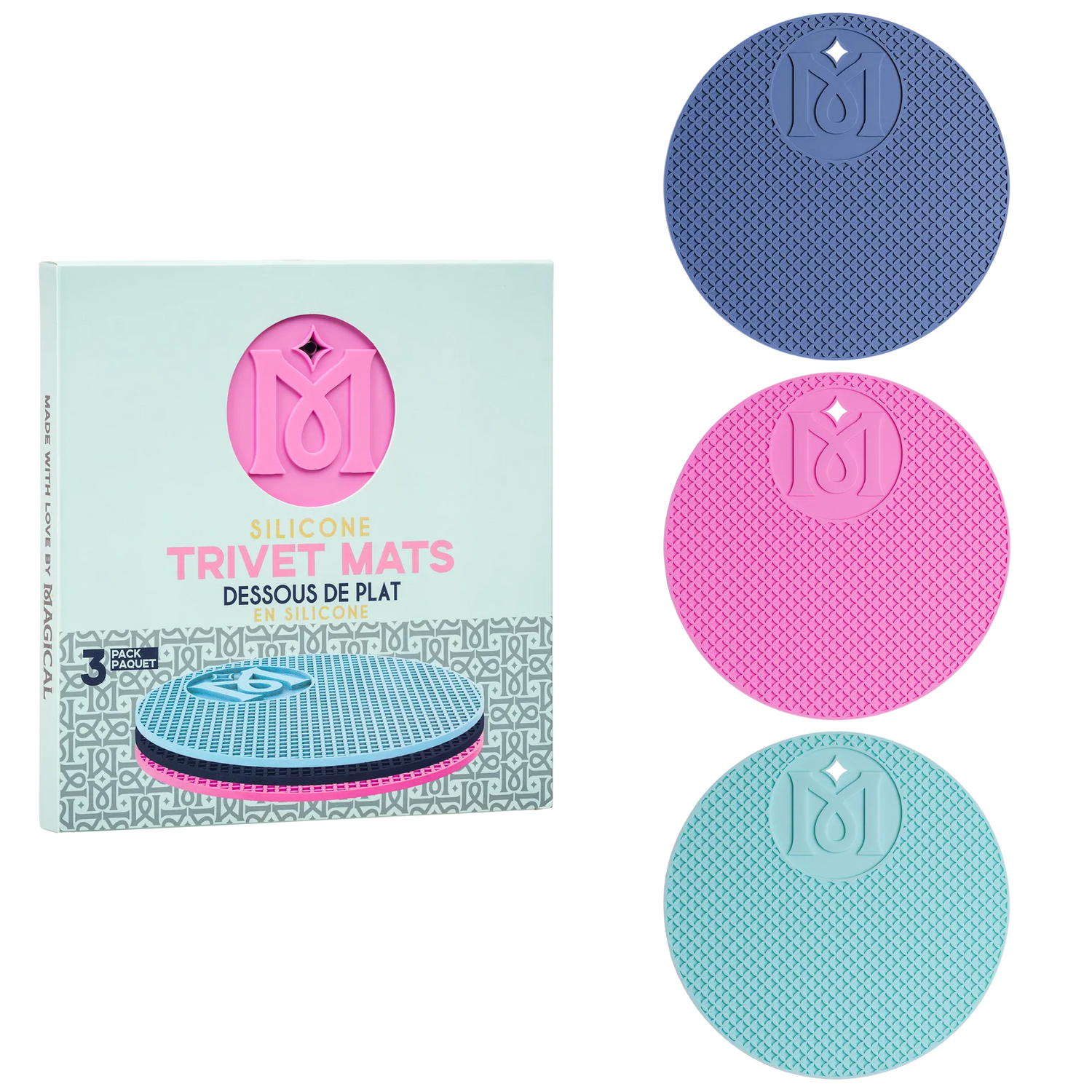If you've never heard of hydroponics before, you're not alone. This technique has been around for thousands of years in basic forms and since the 1970s for indoor and intensive growing. As the name suggests, hydroponics is the practice of growing plants in water rather than soil. It's particularly suited for indoor use because the enclosed system requires only electricity and some supplemental lighting. With the power of pumps and nutrient rich water solution, you can grow practically any plant smaller than a tree. Here's how to set up a new hydroponic system step by step.
1. Choosing or Building a Hydroponic System

Various hydroponic system options vary in more than just the gallons of water the system requires. These systems also vary in the way that the water solution is delivered, the particular growing media that work, and which plants will grow. There are hundreds of unique systems and designs, but some of the most common types of hydroponics include:
- Wick system designs, which rely on the capillary action of absorbent materials to draw water and nutrients up to the plant roots. This system require less pumping than other designs, but the wicks require regular replacement since they become damaged or clogged over time. Completely passive DIY systems often rely on these wicks.
- Drip system, in which nutrient water solution is slowly dripped in a tray where the roots are hanging through the grow media. This uses a minimal amount of water but requires more pumping and accurate timers. The drip emitters also need regular cleaning to prevent clogging. Ebb and flow and mist systems are similar but involve either periodic flooding of water or light sprays of nutrient mist.
- Deep water culture (DWC), where plants float on top of a larger body of water that maintains a constant balance of nutrients. This is a highly stable system that usually recirculates the water supply so it's more efficient than other methods. It's also very simple for beginners since there's no need for timers or emitters releasing small amounts of water.
- Nutrient film technique (NFT), which uses the least water out of all methods. A very thin film of nutrient water solution runs over the surface of a trench or tray, allowing for extensive root system development. These systems are hard for beginners to set up and require fine-tuning, but experienced hydroponic fans can find all the pumps, filters, trays, and other NFT supplies needed here at Taproot.
- Basic closed system or Kratky method, offering the simplest indoor growing system with no pumps or filters needed. However, the growing opportunities provided by these small units are limited compared to other types of hydroponics.
You've also got to choose from a wide variety of growing media, most of which will work with any of the methods listed above. Rockwool, perlite, expanded clay pellets, and coconut coir are the four most popular options that all support plant roots while preventing disease issues. No matter the system or growing medium, you'll need at least one air stone and air pump, one water pump, and a basic filtration unit to keep recirculated water clean and at the proper pH levels for any hydroponic garden.
2. Matching the Right Grow Lights

No hydroponics system is complete without lights, and high quality systems don't include built-in lighting in most cases. You'll need to match the exact fixture and total wattage to the plants you plan to grow. Since you'll also need to pick your crops before choosing the volume of water and type of system, it shouldn't be hard to add up the wattage or find out the general spectrum of light needed at this point. However, choosing between the various types of grow lights is still tricky.
Most home hydroponic system projects work best with LED or fluorescent lighting. These lights are affordable, efficient, and lighter in weight than more intensive fixtures. If you're growing more than just a few square feet of plants, you'll probably want to upgrade to high intensity lighting like ceramic metal halide (CMH) fixtures. These lights produce more heat than other options, so you'll also need ventilation and fans if you upgrade your hydroponic system.
3. Starting Plants Correctly

With your lights hung and tested, the trays and pumps set up and circulating, and growing media tucked into the various net pots, you're finally ready to plant in your new hydroponic system. But do you want to start with seeds, which can be tricky to sprout in open media, or should you purchase transplants from a gardening center? For your very first attempt, start with transplants for a quick boost and a faster time to harvest. If you're growing marijuana, try picking up some established clones for your first rounds of hydroponic gardening so you can focus on the other challenges. For tomatoes or salad greens, you should be able to find these plants during the spring and summer at any local hardware store. If you can only find seeds but they don't want to sprout directly in the hydroponic system, consider starting seeds separately in trays with a peat moss based mix under the same lights you've already installed. They can be moved from the soil-based system to the water-based one whenever they've grown at least a few true leaves and some good root volume. Simply rinse off any residual peat moss or soil before transplanting into a sterile growing media.
Of course, there are many more details and steps between each of these stages. Let us guide you through the process by sending your questions to our team here at Taproot Hydroponics and Organics.






3 comments
Hi I am staggered at the progress of this what must be an art! I have been gardening for the best part of 50years growing in the traditional methods of digging and yet more digging! however at the age of 72 years old I am now moving onto growing the hydroponics method and have started to write about this on a local hydroponics stores blog, thanks for your inspirations>Eric Roberts https://hydrostore-blog.co.uk/
The benefits of hydroponic farming give it an advantage over field farming.
Are there any websites that teach you how to grow various vegetables hydroponically?